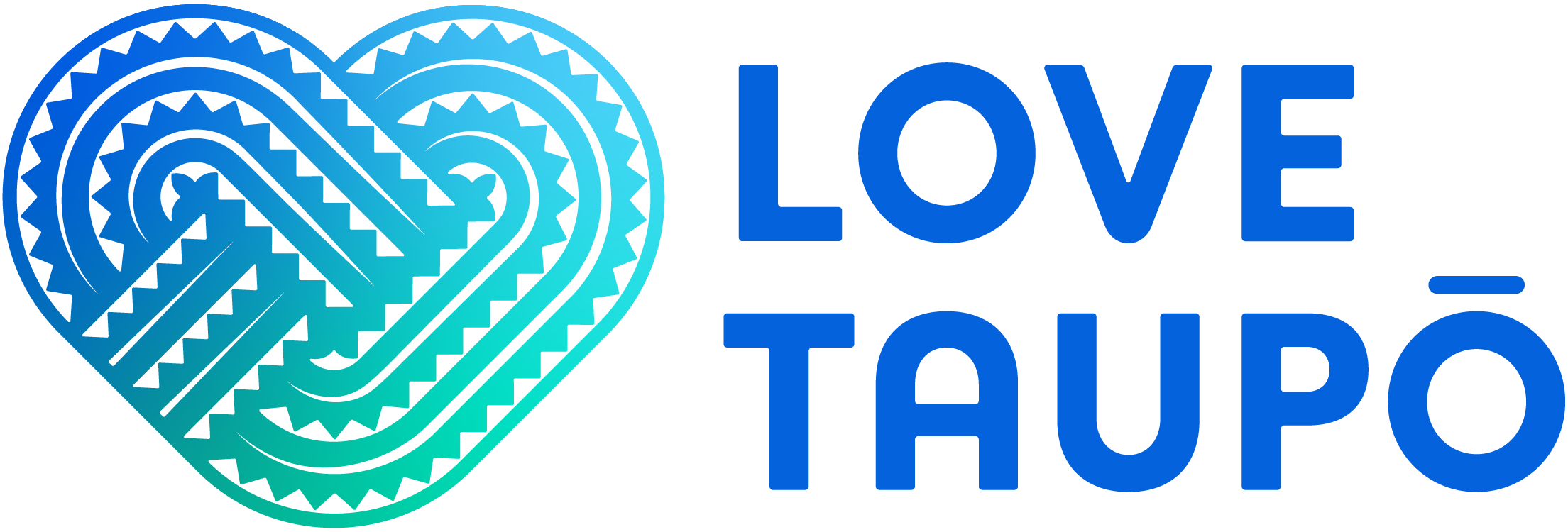New Zealand master carver, Matahi Brightwell, has commenced work on a major refurbishment of his iconic Ngātoroirangi Mine Bay Māori Rock Carvings.
It’s almost four decades since Brightwell finished work on the carving, a 14m bas-relief representing the face of his ancestor, Ngatoroirangi. The larger work is surrounded by smaller sculptures at the water level depicting key tupuna (ancestors) and kaitiaki (guardians) of the local Māori tribe.
Some 43 years ago, Brightwell was sent to Taupo by his grandmother, Te Huatahi Susie Gilbert, to carve a po whenua (a Maori totem) to consolidate the family claim to disputed ancestral land. While paddling his canoe around Whakamoenga Point, Brightwell came to a rock alcove where he had the vision to carve the face of Ngatoroirangi, the legendary navigator and tohunga (high priest) of the Te Arawa canoe which transported early Maori settlers to Aotearoa New Zealand.
The work caused controversy at the time with opposition from both local pakeha (New Zealanders of European descent) and, more troublingly for the artist, local Maori. Such was the abuse at its peak that Brightwell chose to leave his ancestor blind - he didn’t sculpt the eyes.

“I didn’t want my ancestor to witness all the abuse and threats while I was sculpting him… I’m going to make his eyes again. Mainly to look at me, and watch me, and see if I’m doing a good job.
“I’m going to start repairing the smaller work. There’s one sculpture there that I had to abandon because the rock was almost finished and the rock piece fell off the face. I want to re-sculpt that. So I’m really excited,” he said.
Far from closing the artworks off while he works, Brightwell is welcoming visitors during the refurbishment process, viewing it as an opportunity for an impromptu carving workshop. The convention in Maori culture under such circumstances is to make a koha (a small donation or gift) for the artist. This is possible through the Give A Little page (now closed).
As well as the work to tidy and repair the carvings, there is the need to train a new generation of carvers for the artwork’s future maintenance: Brightwell is now in his 70s.

But the artist shows no signs of slowing down. Three huge new works are underway to complement the Ngātoroirangi Mine Bay Māori Carvings. The new works are a celebration of Brightwell’s history and his place in the wider scheme of the Polynesians’ extraordinary discovery of the Pacific.
The first references the traditionally constructed, twin-hulled voyaging canoe, Hawaiki-Nui, that Brightwell built and sailed to New Zealand from Tahiti in 1985.
The second is a representation of a frigate bird - one of the key species in Polynesian navigation, or “wayfinding”. The inspiration for the sculpture’s particular form came from the shape of the map Captain Cook’s Tahitian navigator, Tupaia, drew for Cook and appears like a mythological creature across the “constellation of islands”.
The third is of Maui, the Māori demi-god who fished up the North Island of New Zealand, known as Te Ika a Maui - the fish of Maui.
The works have been carved in wood but the plan is for them to be eventually cast into bronze: “My mentors told me that access to totara wood to carve is going to be very limited so you’ve got to go and look for another medium [sic], which is rock, and later on bronze. So I’m just following the concepts of my tutors… I think this is the last expression of my art, to cast my artwork into bronze. That’s really my cause I would say, my purpose,” Brightwell said.




